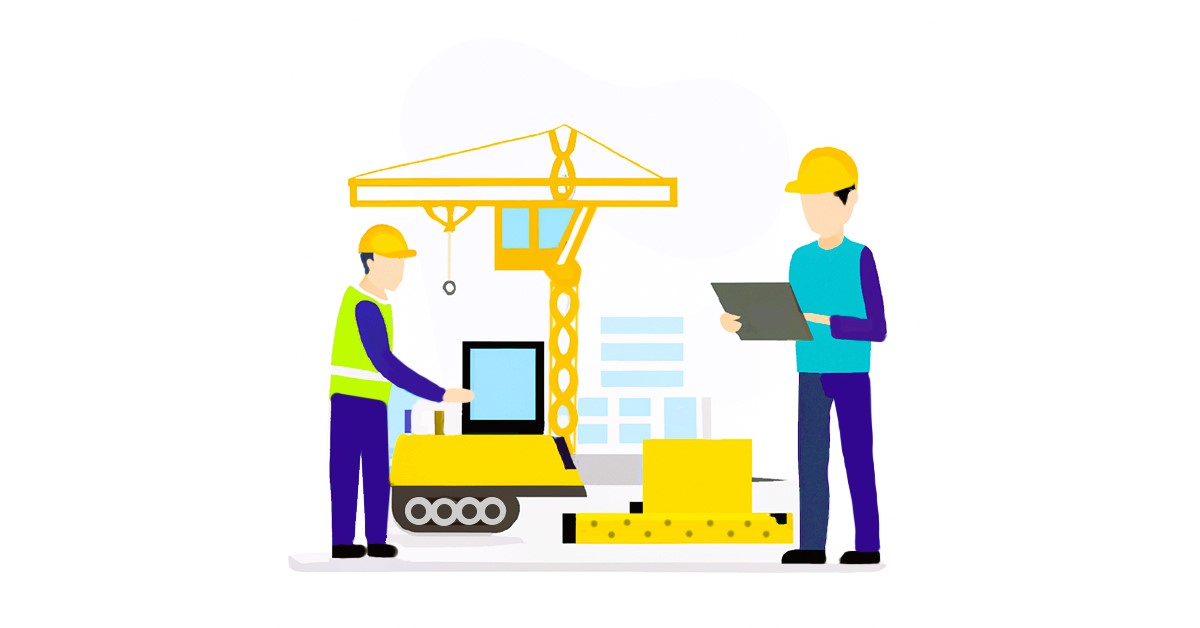Compliance in Construction: A Statistical Perspective
Compliance in the construction industry is a critical aspect of ensuring safety, quality, and adherence to regulations. In this article, we will explore compliance in construction from a statistical perspective, examining the role of data and analysis in maintaining and improving compliance levels.
The Importance of Compliance in Construction
Compliance in construction refers to the adherence to various regulations, codes, and standards that govern the construction industry. These regulations encompass safety measures, building codes, environmental guidelines, labor laws, and more. Ensuring compliance is vital for several reasons:
- Safety: Compliance with safety regulations is paramount to protect the well-being of construction workers and the general public. Failure to adhere to safety standards can lead to accidents and injuries.
- Quality: Compliance with building codes and quality standards ensures that constructed buildings and infrastructure meet minimum quality requirements. This is essential for the longevity and functionality of structures.
- Environmental Responsibility: Construction projects can have a significant environmental impact. Compliance with environmental regulations helps mitigate adverse effects on ecosystems and natural resources.
- Legal and Financial Consequences: Non-compliance can result in legal penalties, project delays, and financial losses. It is essential for construction companies to meet regulatory requirements to avoid such consequences.
Statistical Analysis in Compliance Monitoring

Statistical analysis plays a crucial role in compliance monitoring in the construction industry. Here’s how statistical perspectives are applied:
1. Risk Assessment
Statistical analysis helps identify potential risks and compliance issues in construction projects. By analyzing historical data and project characteristics, statisticians can assess the likelihood of non-compliance and its potential impact.
2. Quality Control
Statistical process control techniques are used to monitor and maintain quality in construction processes. This includes monitoring material quality, construction methods, and workmanship to ensure compliance with quality standards. The impact of remote work on construction data collection, more details here.
3. Safety Monitoring
Statistical analysis of safety data, such as incident reports and accident rates, helps construction companies identify trends and areas of concern. This information can lead to targeted safety interventions and training programs.
4. Environmental Impact Assessment
Statistical modeling is used to assess the environmental impact of construction projects. This includes predicting pollution levels, assessing habitat disruption, and evaluating compliance with environmental regulations.
5. Labor Compliance
Statistical analysis of labor data helps construction companies ensure compliance with labor laws and regulations. This includes monitoring working hours, wages, and adherence to safety protocols.
Case Study: Statistical Compliance Monitoring in a Large Infrastructure Project
Let’s consider a case study of a large infrastructure project in Canada, where statistical compliance monitoring played a pivotal role.
The Scenario
A major transportation infrastructure project was underway, involving the construction of a new bridge. Compliance with safety regulations, quality standards, and environmental requirements was essential to the project’s success.
Statistical Compliance Monitoring
Statisticians were engaged to monitor compliance throughout the project:
- Safety Data Analysis: The team analyzed safety incident reports and near-miss data to identify patterns and potential hazards. This led to targeted safety training and additional safety measures.
- Quality Control: Statistical process control charts were used to monitor the quality of construction materials and workmanship. Deviations from quality standards were promptly addressed.
- Environmental Impact Assessment: Environmental impact models were developed to predict the project’s impact on local ecosystems. This information guided mitigation measures and adherence to environmental regulations.
- Labor Compliance: Labor data, including working hours and wage records, were statistically analyzed to ensure compliance with labor laws and fair employment practices.
Results
Thanks to statistical compliance monitoring, the infrastructure project achieved:
- A significant reduction in safety incidents and accidents.
- Consistent adherence to quality standards, resulting in a durable and reliable bridge.
- Minimal environmental impact and compliance with environmental regulations.
- Compliance with labor laws, ensuring fair treatment of workers.

Future Trends in Statistical Compliance Monitoring
The future of compliance monitoring in construction is likely to see several developments:
- Data Integration: Integration of data from various sources, including sensors, drones, and remote monitoring, to provide real-time insights into compliance.
- Predictive Analytics: Greater use of predictive analytics to anticipate compliance issues before they occur, enabling proactive interventions.
- Blockchain for Transparency: The use of blockchain technology to create transparent and immutable records of compliance data.
- AI and Machine Learning: The application of artificial intelligence and machine learning for more sophisticated analysis of compliance data.
Conclusion
Compliance in construction is a multifaceted challenge that impacts safety, quality, the environment, and legal aspects of projects. A statistical perspective is invaluable for monitoring compliance, identifying areas of concern, and taking proactive measures to ensure that construction projects meet regulatory standards. As technology and data analytics continue to advance, statistical compliance monitoring will play an increasingly vital role in the construction industry.
For more information on construction standards and guidelines, visit Canada.ca – Construction Standards.
